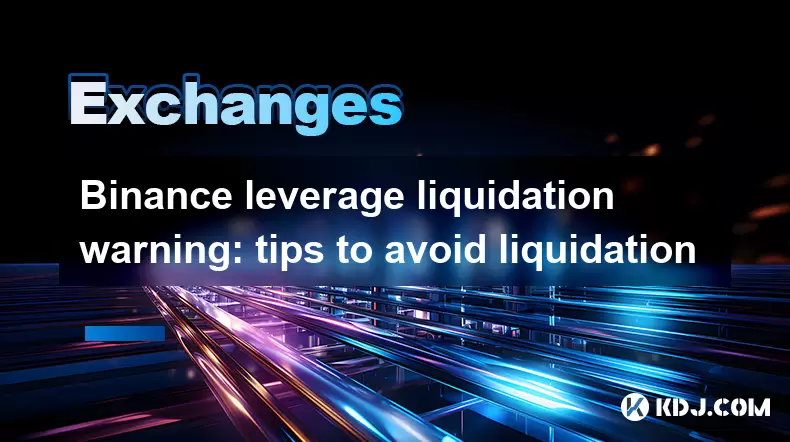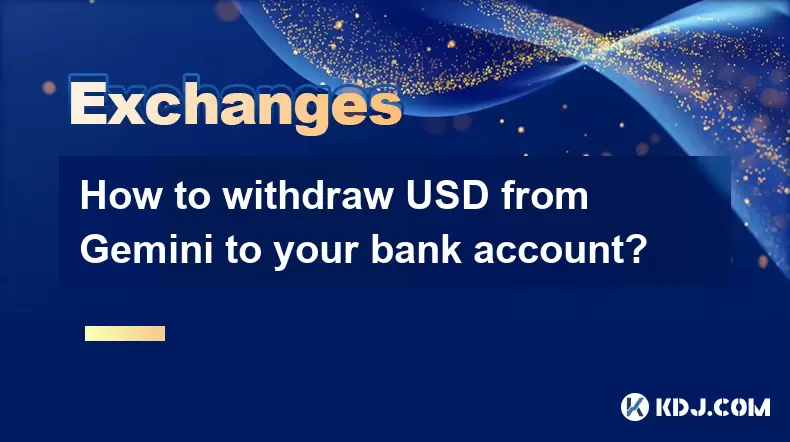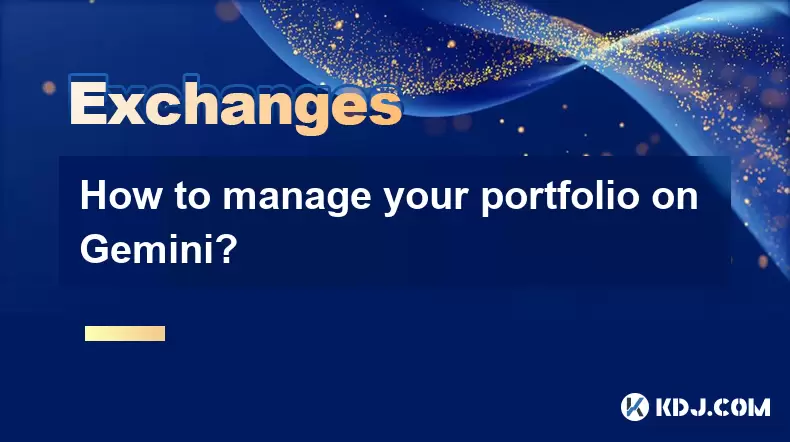-
 Bitcoin
Bitcoin $115000
0.12% -
 Ethereum
Ethereum $3701
4.50% -
 XRP
XRP $3.081
2.99% -
 Tether USDt
Tether USDt $0.0000
-0.01% -
 BNB
BNB $767.9
1.45% -
 Solana
Solana $169.5
3.13% -
 USDC
USDC $0.9999
0.01% -
 Dogecoin
Dogecoin $0.2106
4.30% -
 TRON
TRON $0.3334
1.62% -
 Cardano
Cardano $0.7564
2.54% -
 Stellar
Stellar $0.4165
0.76% -
 Hyperliquid
Hyperliquid $38.75
0.25% -
 Sui
Sui $3.593
3.00% -
 Chainlink
Chainlink $17.08
3.59% -
 Bitcoin Cash
Bitcoin Cash $573.6
4.35% -
 Hedera
Hedera $0.2508
-0.84% -
 Avalanche
Avalanche $23.07
6.46% -
 Ethena USDe
Ethena USDe $1.001
-0.02% -
 Litecoin
Litecoin $120.8
8.17% -
 UNUS SED LEO
UNUS SED LEO $8.943
-0.32% -
 Toncoin
Toncoin $3.400
-5.60% -
 Shiba Inu
Shiba Inu $0.00001255
1.54% -
 Uniswap
Uniswap $9.908
6.32% -
 Polkadot
Polkadot $3.718
2.10% -
 Monero
Monero $303.0
-0.74% -
 Dai
Dai $0.9999
-0.02% -
 Bitget Token
Bitget Token $4.392
0.91% -
 Cronos
Cronos $0.1403
6.31% -
 Pepe
Pepe $0.00001076
1.13% -
 Aave
Aave $267.2
1.80%
Binance leverage liquidation warning: tips to avoid liquidation
Binance leverage liquidation occurs when a trader's margin falls below required levels, leading to automatic position closure and potential total loss of invested capital.
Jun 16, 2025 at 06:35 am

Understanding Binance Leverage Liquidation
When trading on Binance leverage, users are exposed to the risk of liquidation. This occurs when a trader's margin balance falls below the required maintenance margin, prompting the platform to automatically close the position to prevent further losses. Liquidation can result in the total loss of invested capital, and understanding how it works is crucial for any leveraged trader.
On Binance, leverage allows traders to control larger positions with smaller amounts of capital, but this also amplifies both profits and losses. The higher the leverage used, the closer the liquidation price will be to the entry price, increasing the risk of being liquidated even with small market movements.
How Binance Calculates Liquidation Price
Binance uses a transparent system to calculate liquidation prices, which depends on several factors including the amount of leverage used, the size of the position, and the current market price. Traders can view their estimated liquidation price directly in their futures or margin account dashboard.
The formula involves subtracting the total maintenance margin from the wallet balance, then dividing by the position size to determine at what price level the position becomes unsustainable. It’s important to note that market volatility and slippage can cause actual liquidation prices to differ slightly from estimates, especially during periods of high trading activity.
Risk Management Strategies to Avoid Liquidation
Avoiding liquidation requires careful planning and execution. One effective strategy is using stop-loss orders to limit potential losses before they reach critical levels. Traders should also avoid over-leveraging their positions, as this dramatically increases exposure to market swings.
Another key approach is maintaining sufficient free margin in the account to absorb unexpected price fluctuations. This means not using all available funds for opening new trades and keeping some buffer for volatile conditions.
- Set realistic take-profit and stop-loss levels based on technical analysis.
- Diversify trading strategies across multiple assets to spread risk.
- Monitor open positions regularly, especially during major news events.
- Use lower leverage ratios (e.g., 2x–5x) when uncertain about market direction.
Using Binance Tools to Monitor Liquidation Risk
Binance offers several tools to help traders monitor and manage liquidation risks. The Risk Information Panel in the futures section provides real-time data on liquidation prices, unrealized profit/loss, and margin requirements.
Traders can also set up price alerts and margin call notifications through the Binance app or website. These features allow users to react quickly if their positions approach dangerous thresholds.
Additionally, the Insurance Fund system on Binance helps protect traders from negative balances by absorbing defaulted positions. While this doesn’t prevent liquidation, it ensures traders won’t lose more than their initial investment.
Recovering From a Liquidation Event
If a position gets liquidated, traders may feel discouraged, but recovery is possible. First, it's essential to analyze what led to the liquidation—was it excessive leverage, poor timing, or lack of risk management?
After identifying the root cause, traders should reassess their strategy and possibly reduce leverage usage. Rebuilding capital through conservative trades can help regain confidence and stability.
- Review trade history and identify patterns leading to liquidation.
- Adjust leverage settings to safer levels before re-entering the market.
- Consider paper trading or demo accounts to test new strategies without real money.
- Focus on learning from the experience rather than chasing immediate profits.
Frequently Asked Questions
What happens after my position is liquidated on Binance?
Once a position is liquidated, your trade is closed automatically, and you lose the margin allocated to that trade. Your remaining account balance remains intact unless you had negative equity, in which case the Insurance Fund covers the deficit, ensuring you don’t owe additional funds.
Can I disable liquidation on Binance?
No, you cannot disable liquidation on Binance. It is an automated risk management mechanism designed to protect both the platform and traders from excessive losses. However, you can minimize the chances of liquidation by managing leverage and maintaining adequate margin.
Does Binance notify me before liquidation?
Yes, Binance sends margin warnings and liquidation alerts via email or in-app notifications when your position approaches the liquidation threshold. You can customize these alerts under your notification settings.
Is there a difference between partial and full liquidation on Binance?
Yes, partial liquidation reduces your position size gradually to bring your margin ratio back to acceptable levels. Full liquidation closes the entire position when the margin falls below the maintenance requirement. Both mechanisms aim to prevent deeper losses while maintaining system stability.
Disclaimer:info@kdj.com
The information provided is not trading advice. kdj.com does not assume any responsibility for any investments made based on the information provided in this article. Cryptocurrencies are highly volatile and it is highly recommended that you invest with caution after thorough research!
If you believe that the content used on this website infringes your copyright, please contact us immediately (info@kdj.com) and we will delete it promptly.
- Velo Universe, DEX, and DeFi Security: Navigating the Future of Decentralized Trading
- 2025-08-05 09:25:13
- Bitget Wallet Revolutionizes Solana with Gas-Free Transactions: A New Era for DeFi
- 2025-08-05 09:25:13
- Ozak AI, Crypto Boom, and ROI Potential: Is This the Next Big Thing?
- 2025-08-05 09:25:24
- Solana's ETF Hopes & the All-Time High Chase: Is SOL Set to Soar?
- 2025-08-05 09:25:24
- Coinbase's Brian Armstrong and the Art of Focused Work: A Deep Dive
- 2025-08-05 09:25:30
- Uniswap Price Prediction: Bullish Reversal on the Horizon?
- 2025-08-05 09:25:30
Related knowledge

How to set and manage alerts on the Gemini app?
Aug 03,2025 at 11:00am
Understanding the Gemini App Alert SystemThe Gemini app offers users a powerful way to stay informed about their cryptocurrency holdings, price moveme...

How to use the Gemini mobile app to trade on the go?
Aug 04,2025 at 09:14am
Setting Up the Gemini Mobile AppTo begin trading on the go using the Gemini mobile app, the first step is installing the application on your smartphon...

What to do if you forgot your Gemini password?
Aug 04,2025 at 03:42am
Understanding the Role of Passwords in Gemini AccountsWhen using Gemini, a regulated cryptocurrency exchange platform, your password serves as one of ...

What are the websocket feeds available from the Gemini API?
Aug 03,2025 at 07:43pm
Overview of Gemini WebSocket FeedsThe Gemini API provides real-time market data through its WebSocket feeds, enabling developers and traders to receiv...

How to withdraw USD from Gemini to your bank account?
Aug 04,2025 at 11:01am
Understanding Gemini and USD WithdrawalsGemini is a regulated cryptocurrency exchange platform that allows users to buy, sell, trade, and store digita...

How to manage your portfolio on Gemini?
Aug 03,2025 at 10:36am
Accessing Your Gemini Portfolio DashboardTo begin managing your portfolio on Gemini, you must first log in to your account through the official websit...

How to set and manage alerts on the Gemini app?
Aug 03,2025 at 11:00am
Understanding the Gemini App Alert SystemThe Gemini app offers users a powerful way to stay informed about their cryptocurrency holdings, price moveme...

How to use the Gemini mobile app to trade on the go?
Aug 04,2025 at 09:14am
Setting Up the Gemini Mobile AppTo begin trading on the go using the Gemini mobile app, the first step is installing the application on your smartphon...

What to do if you forgot your Gemini password?
Aug 04,2025 at 03:42am
Understanding the Role of Passwords in Gemini AccountsWhen using Gemini, a regulated cryptocurrency exchange platform, your password serves as one of ...

What are the websocket feeds available from the Gemini API?
Aug 03,2025 at 07:43pm
Overview of Gemini WebSocket FeedsThe Gemini API provides real-time market data through its WebSocket feeds, enabling developers and traders to receiv...

How to withdraw USD from Gemini to your bank account?
Aug 04,2025 at 11:01am
Understanding Gemini and USD WithdrawalsGemini is a regulated cryptocurrency exchange platform that allows users to buy, sell, trade, and store digita...

How to manage your portfolio on Gemini?
Aug 03,2025 at 10:36am
Accessing Your Gemini Portfolio DashboardTo begin managing your portfolio on Gemini, you must first log in to your account through the official websit...
See all articles

























































































